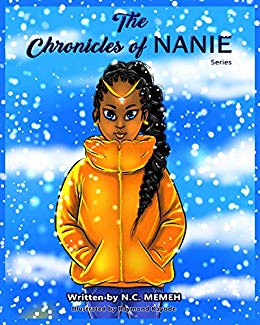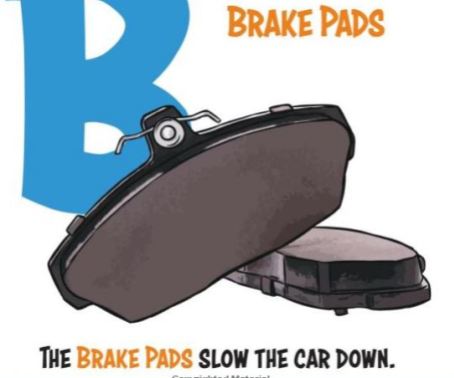 WOW! Teachers in the Union Public Schools in Tulsa, OK are incredible. I recently had the opportunity to visit some of their classrooms. They so graciously allowed me to take pictures to share with you the intentionality of their classroom design.
WOW! Teachers in the Union Public Schools in Tulsa, OK are incredible. I recently had the opportunity to visit some of their classrooms. They so graciously allowed me to take pictures to share with you the intentionality of their classroom design.
The environment in which children spend their day at school needs to support developmentally appropriate practices that allow children to freely move, to explore with hands-on opportunities, to engage in dramatic play experiences, to build social/emotional skills, and to develop their symbolic thinking and cognitive flexibility among others.
Learning theories from constructivism to social learning
to experiential learning underscore the importance of
active and inquiry-based learning, knowledge construction
through interaction with the environment, social contexts
and meaningful experiences.-“Most Influential Theories of Learning,” Unesco Education
Intentional Design for hands-on exploration while encouraging symbolic thinking, problem solving, and cognitive flexibility.
Intentionally Designed Art Centers that encourage the process of art instead of the product, and free exploration of creative ideas instead of template art.
Intentional Design of the Classroom Aesthetics so that the students can live and breathe in a beautiful space. Use of natural colors as we use in our homes for a calming effect.
Intentional Design of Student Contributions, the classroom belongs to the students. It should be a reflection of the students instead of the teachers passions or “cutesy/pinteresty” type themes.
Intentional Design to Include Dramatic Play. Students require dramatic play experiences to build executive functioning skills.







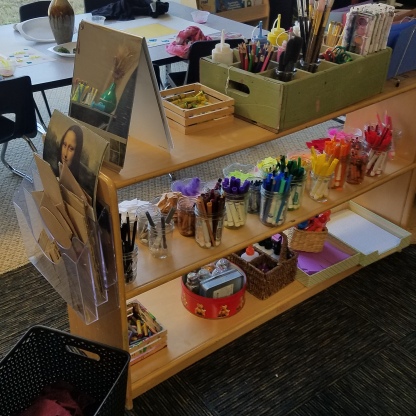





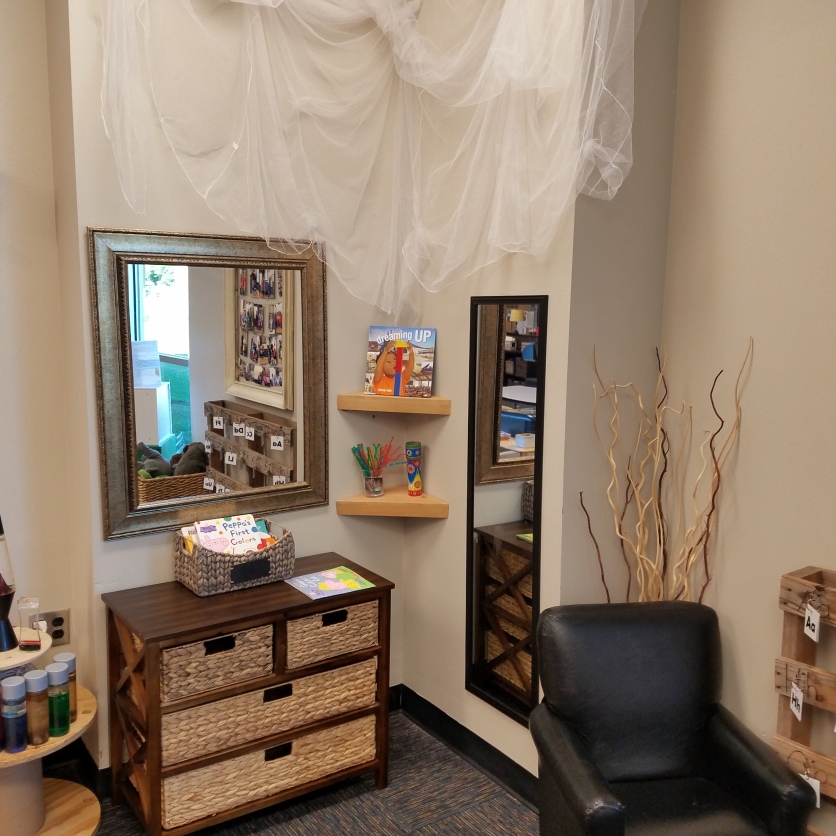




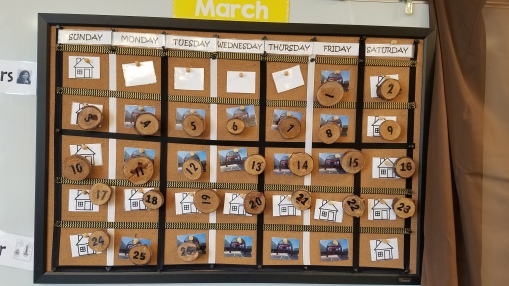




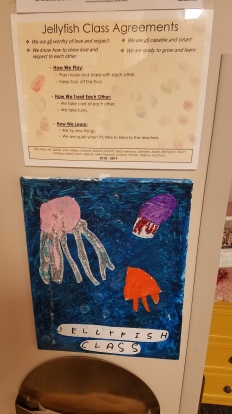





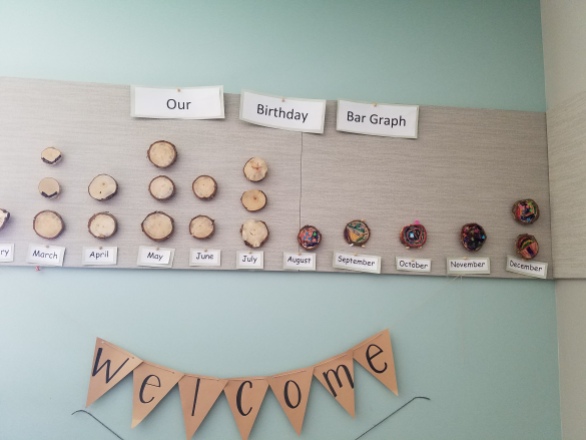


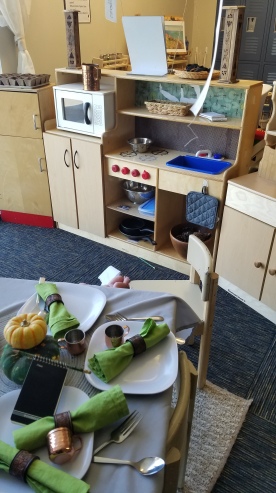




 To a child, there is nothing more important than his or her own name. In the blog post, Teaching Letters of the Alphabet: Learning Through Children’s Names, I shared ways to teach letters with names during whole group instruction and transitions.
To a child, there is nothing more important than his or her own name. In the blog post, Teaching Letters of the Alphabet: Learning Through Children’s Names, I shared ways to teach letters with names during whole group instruction and transitions. Another way to use student’s names is during small group instruction and during center time by setting up opportunities for the students to sort names to begin to pay attention to all of the letters in names, the path of motion of letters, and the similarities and differences of letters and names. We can differentiate our instruction for students who already know the names of the letters and present children with ways to sort the names by the sounds of the letters including beginning, middle, end and vowel sounds.
Another way to use student’s names is during small group instruction and during center time by setting up opportunities for the students to sort names to begin to pay attention to all of the letters in names, the path of motion of letters, and the similarities and differences of letters and names. We can differentiate our instruction for students who already know the names of the letters and present children with ways to sort the names by the sounds of the letters including beginning, middle, end and vowel sounds.

 However, not all letters of the alphabet will be in the children’s names. We teach all letters of the alphabet during small group and centers but we can also use books with names to include more letters in all of the graphs, charts and chants we use with the student’s names.
However, not all letters of the alphabet will be in the children’s names. We teach all letters of the alphabet during small group and centers but we can also use books with names to include more letters in all of the graphs, charts and chants we use with the student’s names.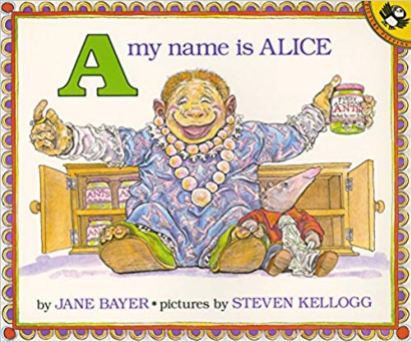

 My Name is Yoon
My Name is Yoon

